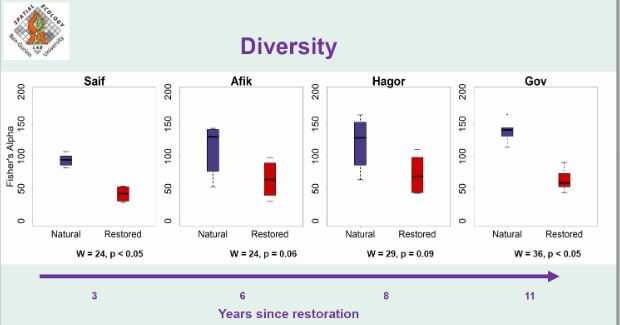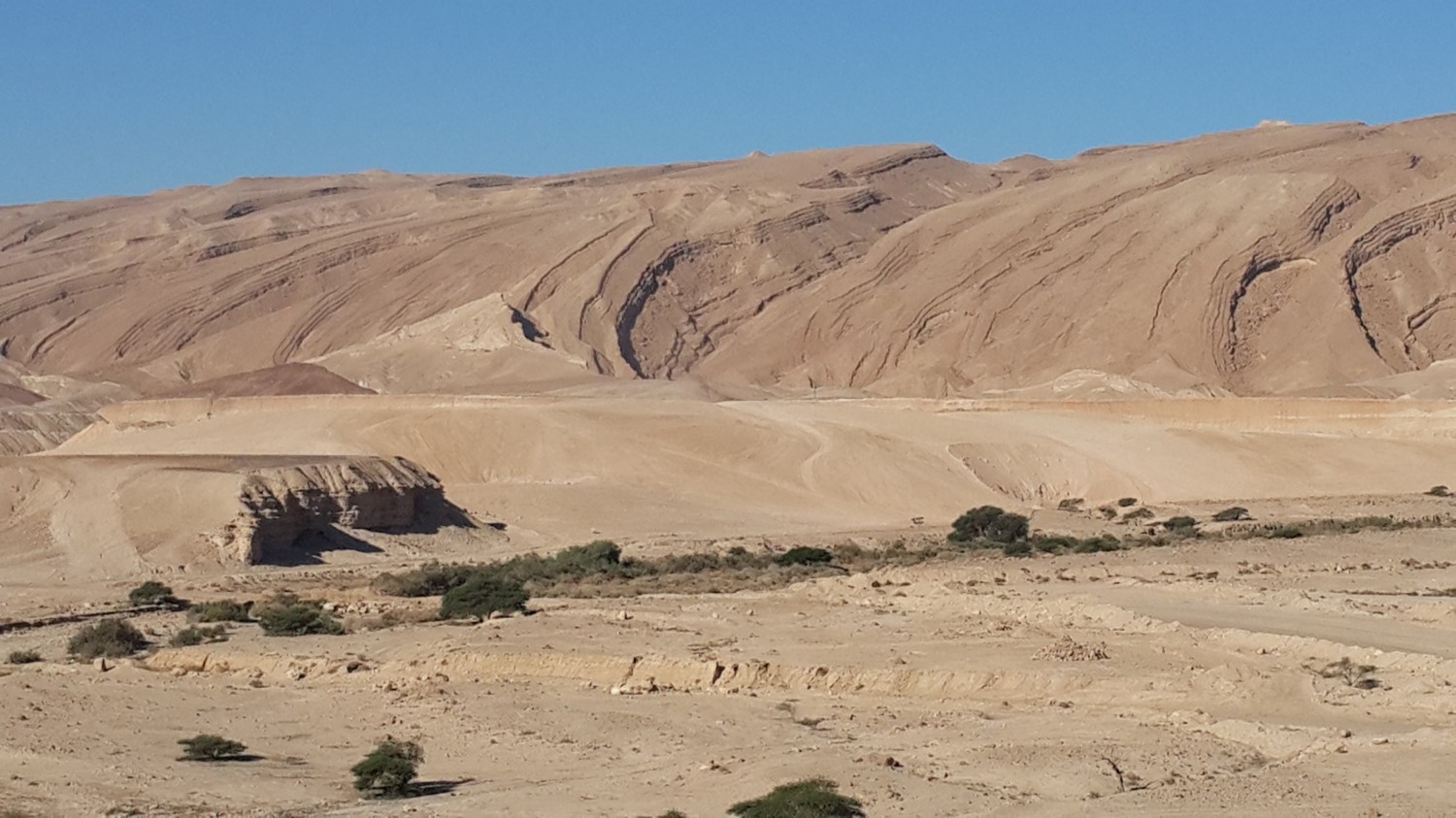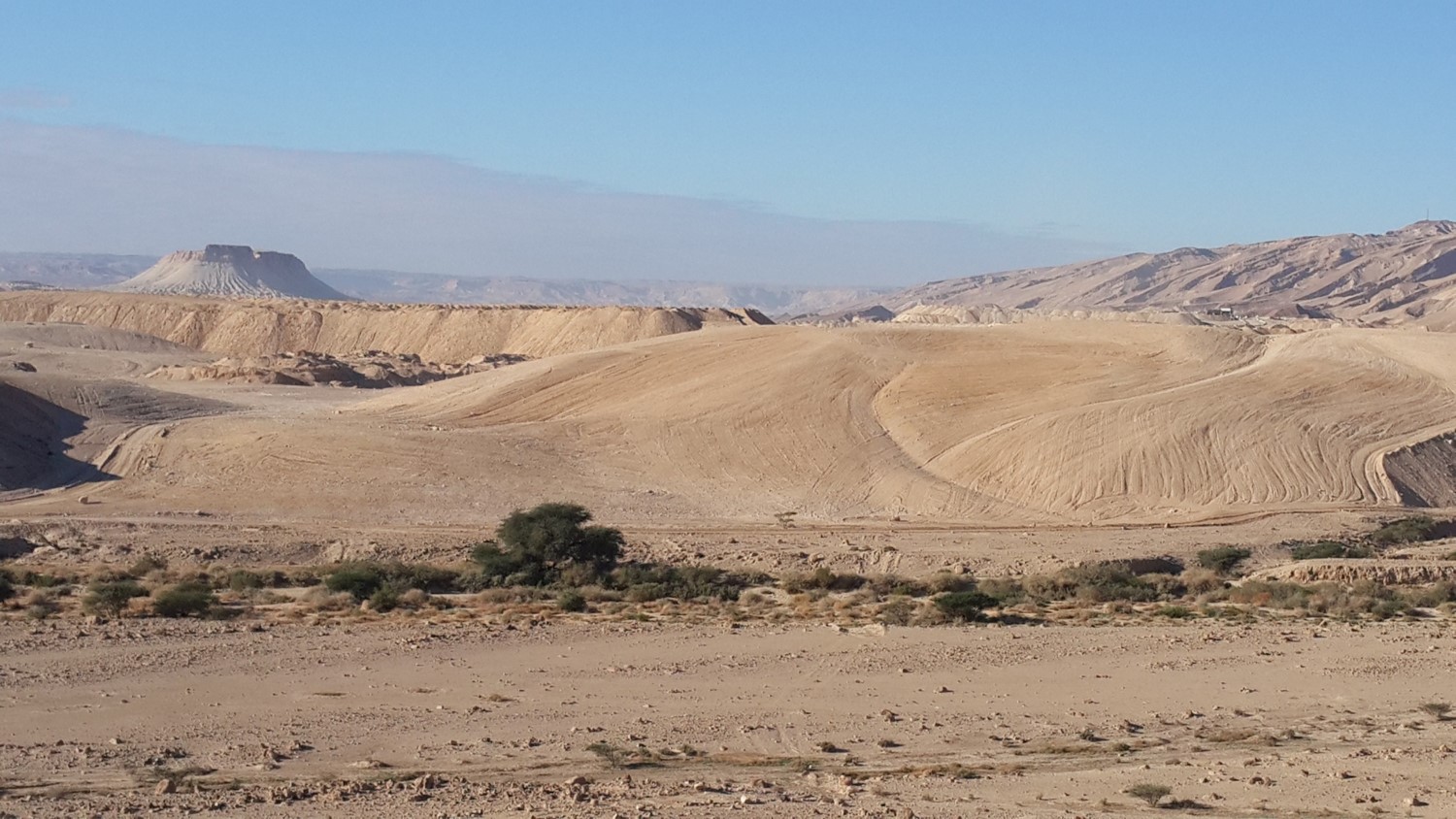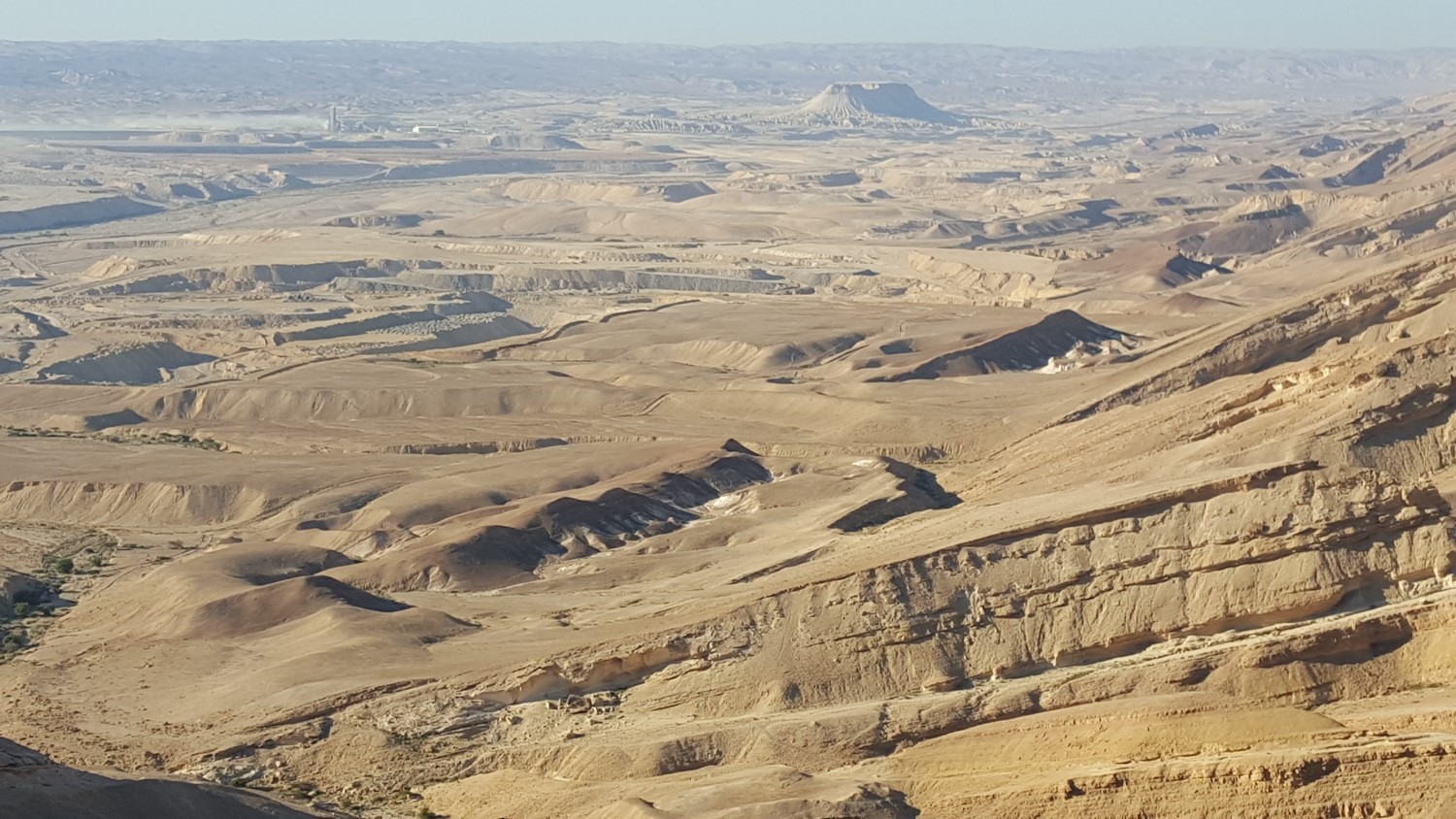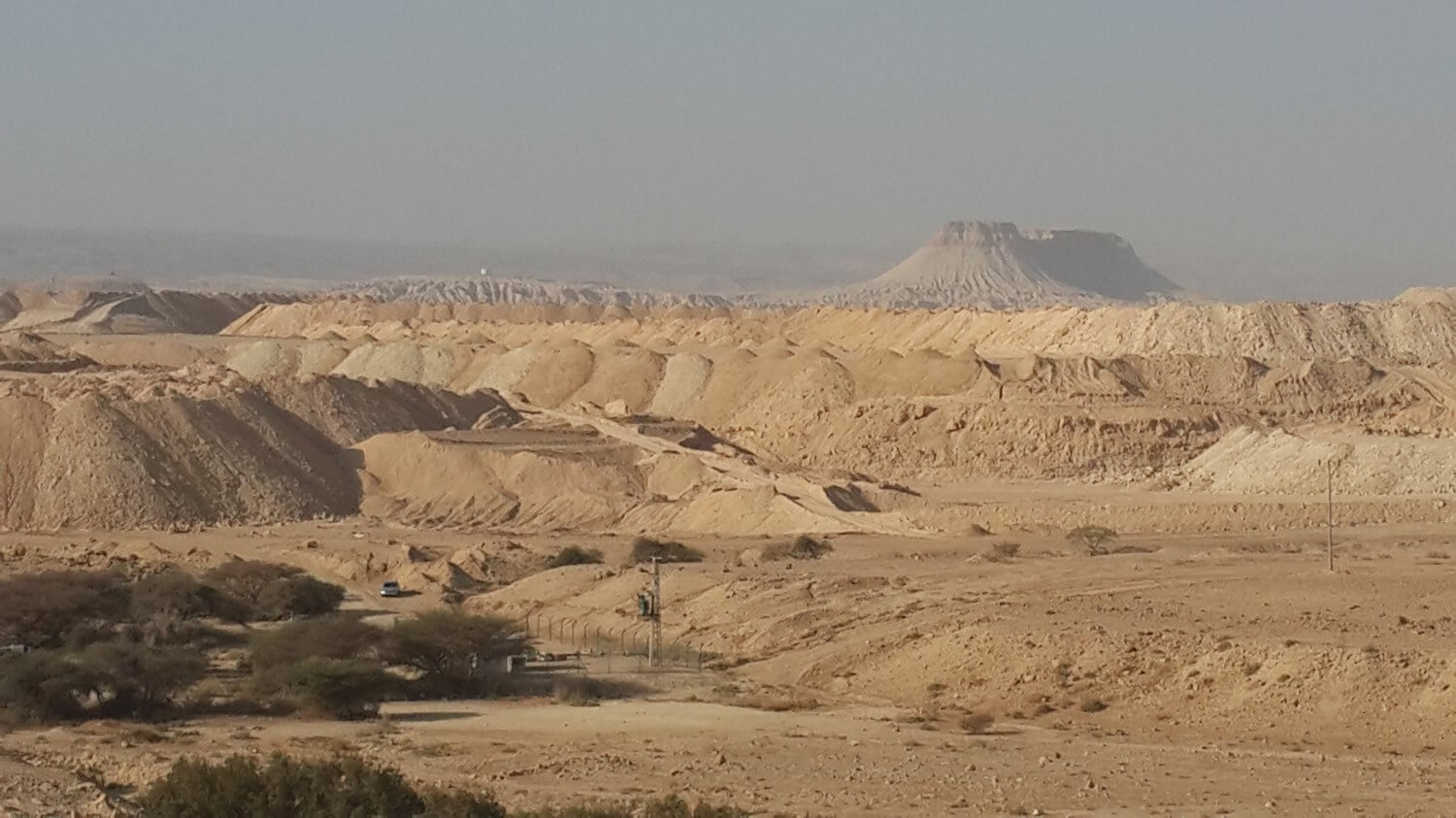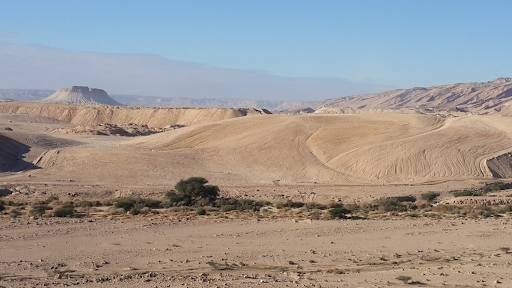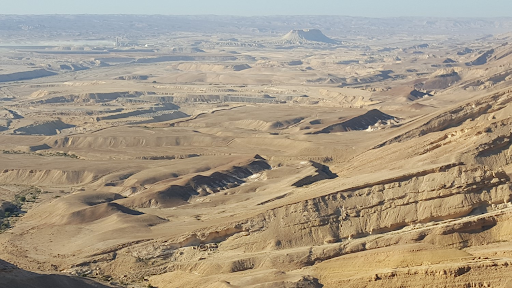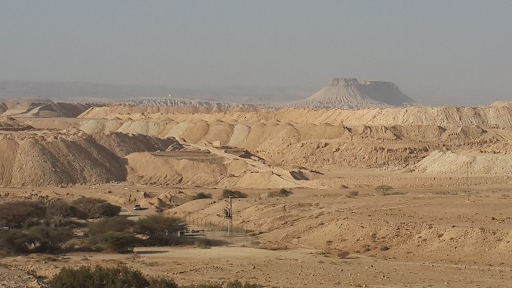Since 2016, ICL Rotem has also been participating in academic cooperative research with Ben Gurion University of the Negev, which examines the effectiveness on the ecology and biodiversity of mine reclamation. ICL Rotem values the continuation of this research to better understand long-term changes and impacts of rehabilitated mining areas, as well as to identify best methods for conducting ecological rehabilitation.
The research was originally planned for a four-year period, but ICL Rotem recently extended it for an additional four years to further study long-term changes following reclamation. The research is led by Prof. Yaron Ziv and Dr. Guy Rotem from the Spatial Ecology Lab at the Department of Life Sciences at Ben Gurion University. Participating in this pioneering research is unique in its broad scope, as it is scientifically examining the efficacy of open mine reclamation in arid and hyper-arid lands in multiple dimensions, using methodologies ranging from soil analysis to remote sensing.
In the study, reclaimed areas are compared to adjacent undisturbed land cells. The parameters being researched include soil chemistry, soil microbiology, vegetation growth potential, abundance, arthropod animals, and remote sensing land analysis.
So far, the research indicates that there are differences in reclaimed areas and undisturbed areas with regards to diversity. As for soil characteristics, it appears that the soil in reclaimed areas has a higher electrical conductance which inhibits vegetation growth. There is also a lack of organic material, especially in reclaimed areas. The richness and diversity of microorganisms is lower in rehabilitated areas than in natural, undisturbed areas.



